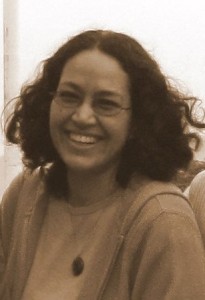Wenden, A. L. (1986) “What do second-language learners know about their language learning? A second look at retrospective accounts”. (Journal article)
Addressed to researchers and classroom teachers, this paper is a report of the analysed research data referred in the previous article. But the population included in this study is smaller. Twenty-five college students of ESL at Columbia University were interviewed after being given few days and some questions to reflect on their learning practice. Emphasized themes were the social settings in which they use L2 and the strategies to express themselves, to understand what is said, and to think in the second language. The objective of the study was to “classify learners’ statable knowledge about their language learning” (p.187). It intended to show the aspects of language learning, other than strategies, the students could talk about, and the relation of this knowledge with the use of strategies.
The statements of the students were classified into five categories:
- Designating: for statements about language: grammar, phonology, vocabulary, rules of discourse and the function of language (p.188).
- Diagnosing: for statements about students’ proficiency in the language, performance in certain tasks or comments on their progress (p.189).
- Evaluating: for evaluative statements on the outcome of using a strategy (p.189).
- Self-analysing: for statements considering the reactions to a particular learning activity: feelings, views about its usefulness or views about students’ own language aptitude, learning style, personality, age, and social role (p.190).
- Theorizing: for statements in which students express their beliefs about how best to learn a language. Wenden offers a further classification of the principles behind explicit beliefs and the aspects in implicit beliefs (p.190).
As for the “insights” these statements provided on the use of strategies, Wenden affirms that students reported the use of strategies
- to deal with unfamiliar items of language: unknown words, unexpected sounds, inexplicable colloquial expressions (p.191),
- when experiencing a gap between communication need and linguistic repertoire (p.191),
- as a way to cope with inhibiting feelings such as fear, embarrassment and uncertainty (p.192), and
- after setting their own language learning priorities (p.194).
Wenden also identifies the criteria used by students to evaluate a strategy as effective or ineffective, and observes that the unsuccessful attempts to use the language trigger a change in strategies (p.195). This last finding is vital to teachers, as the author suggests that their role in classroom should be more than just transmitting effective strategies. They should also foster the students’ awareness of their beliefs about their learning, and lead them to reflect on these beliefs so they can use a variety of strategies and benefit from the ones that help them best to meet their learning goals.


